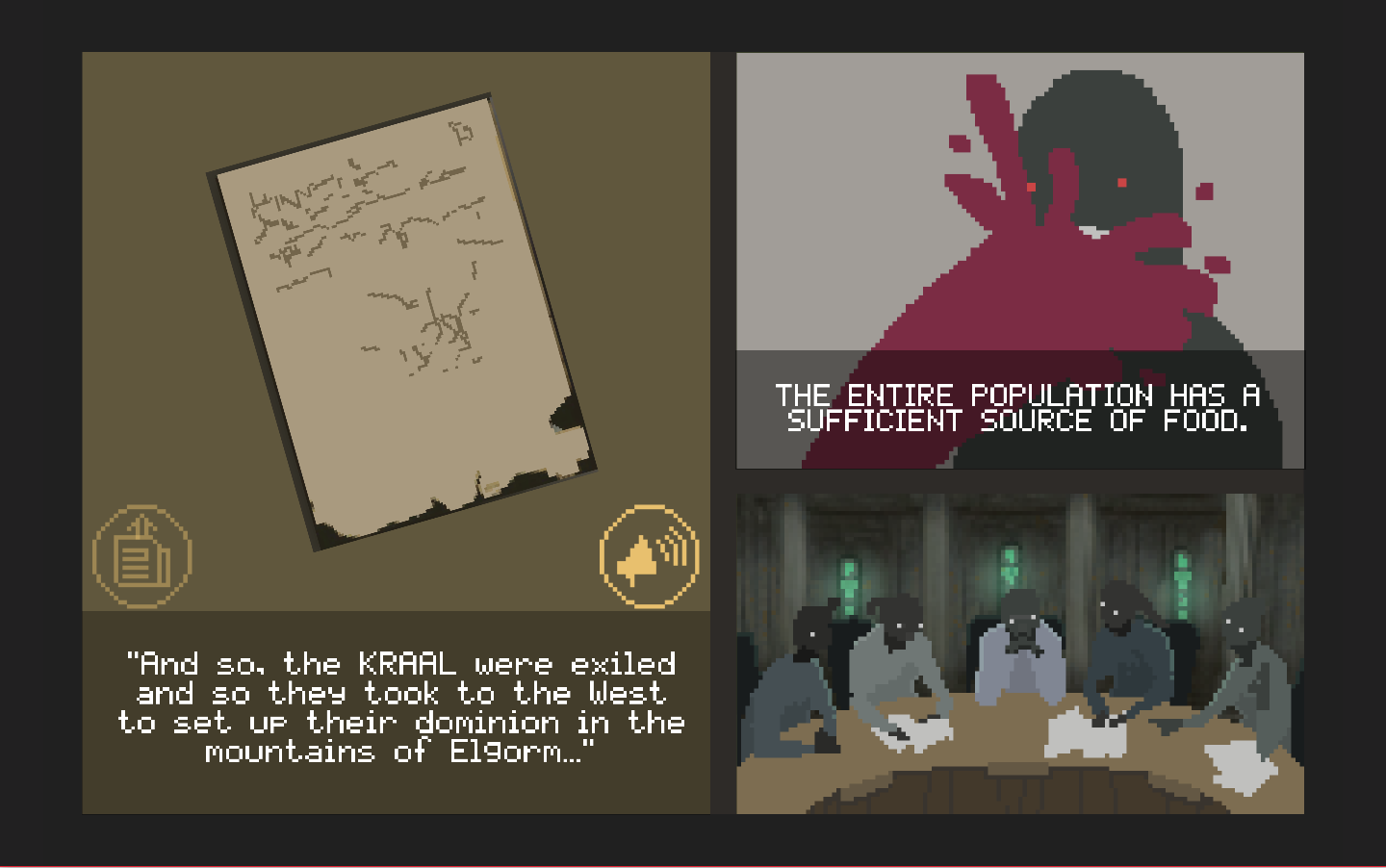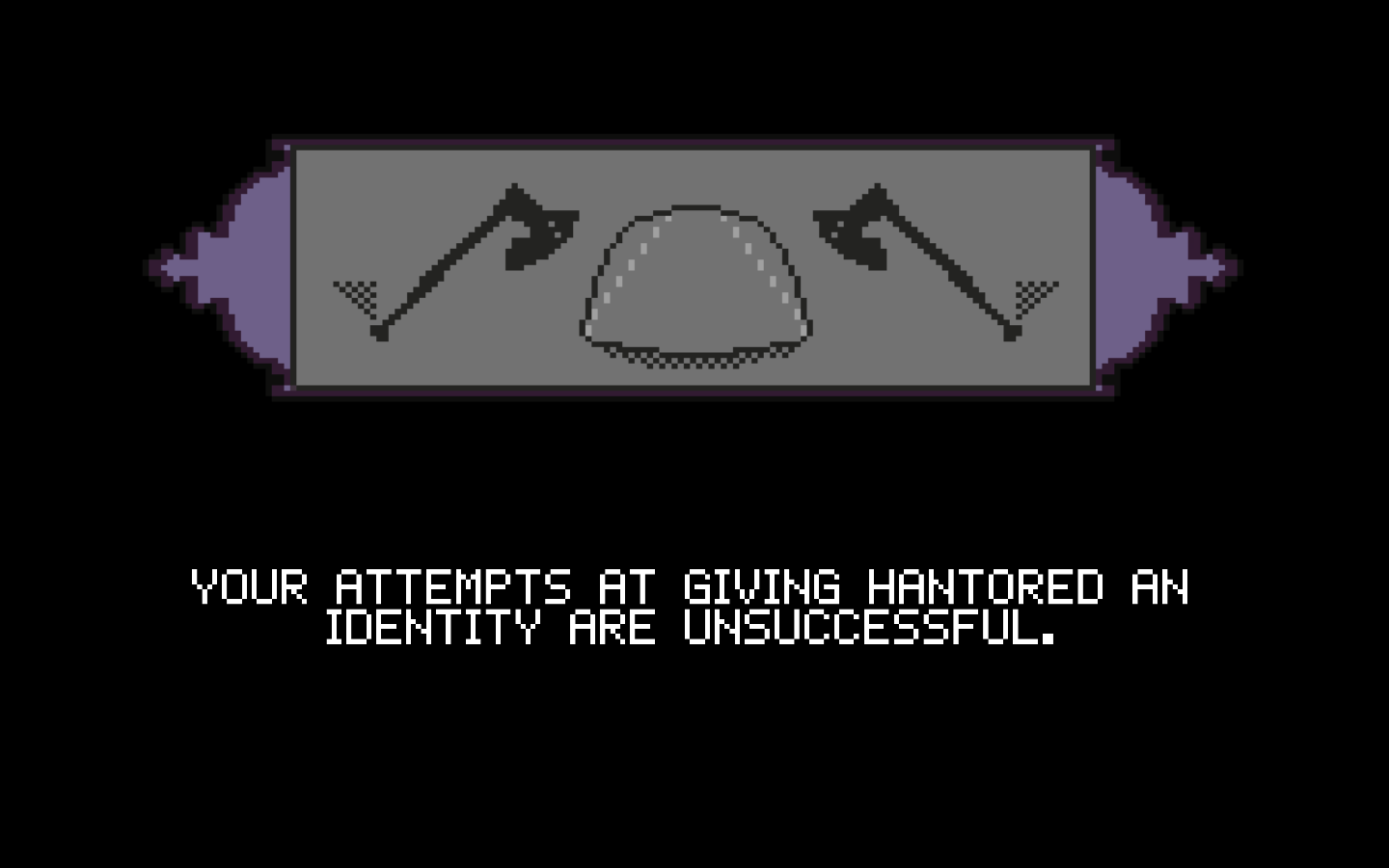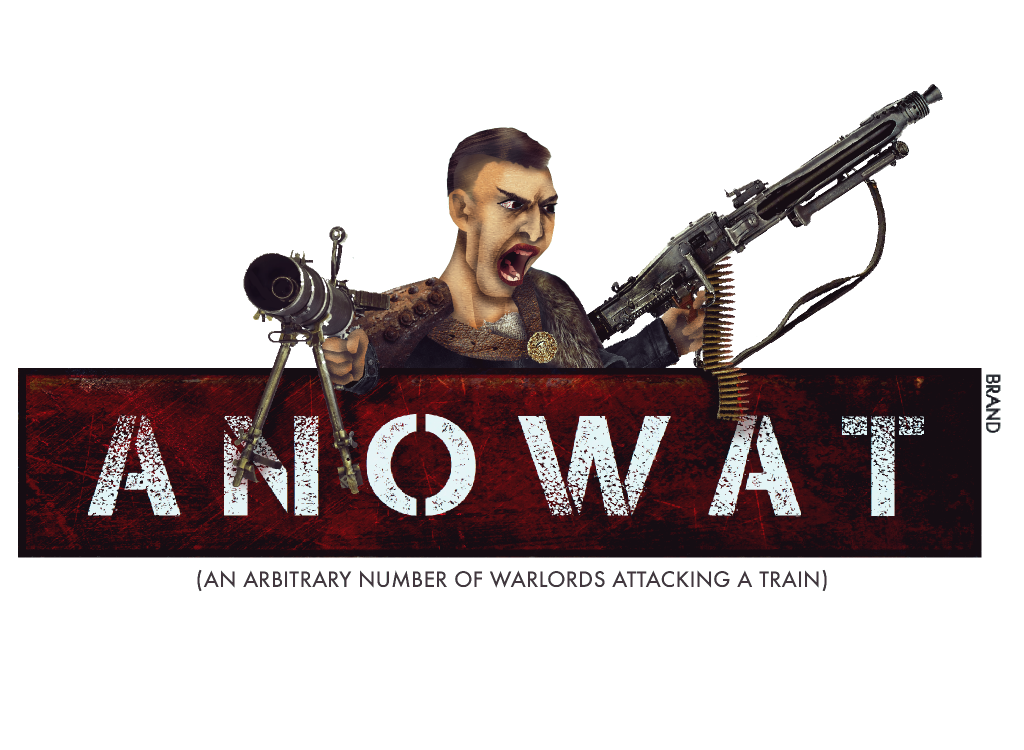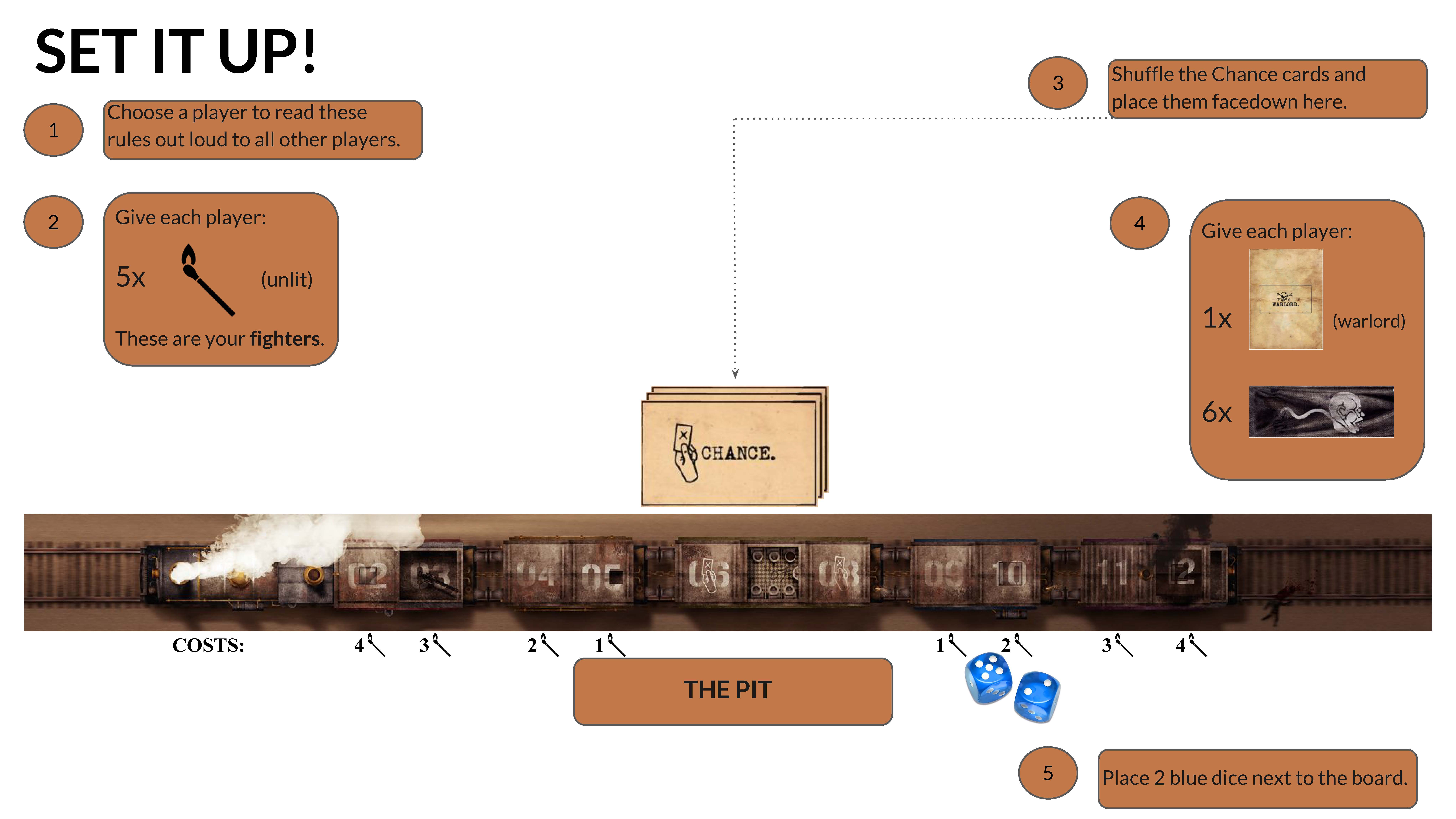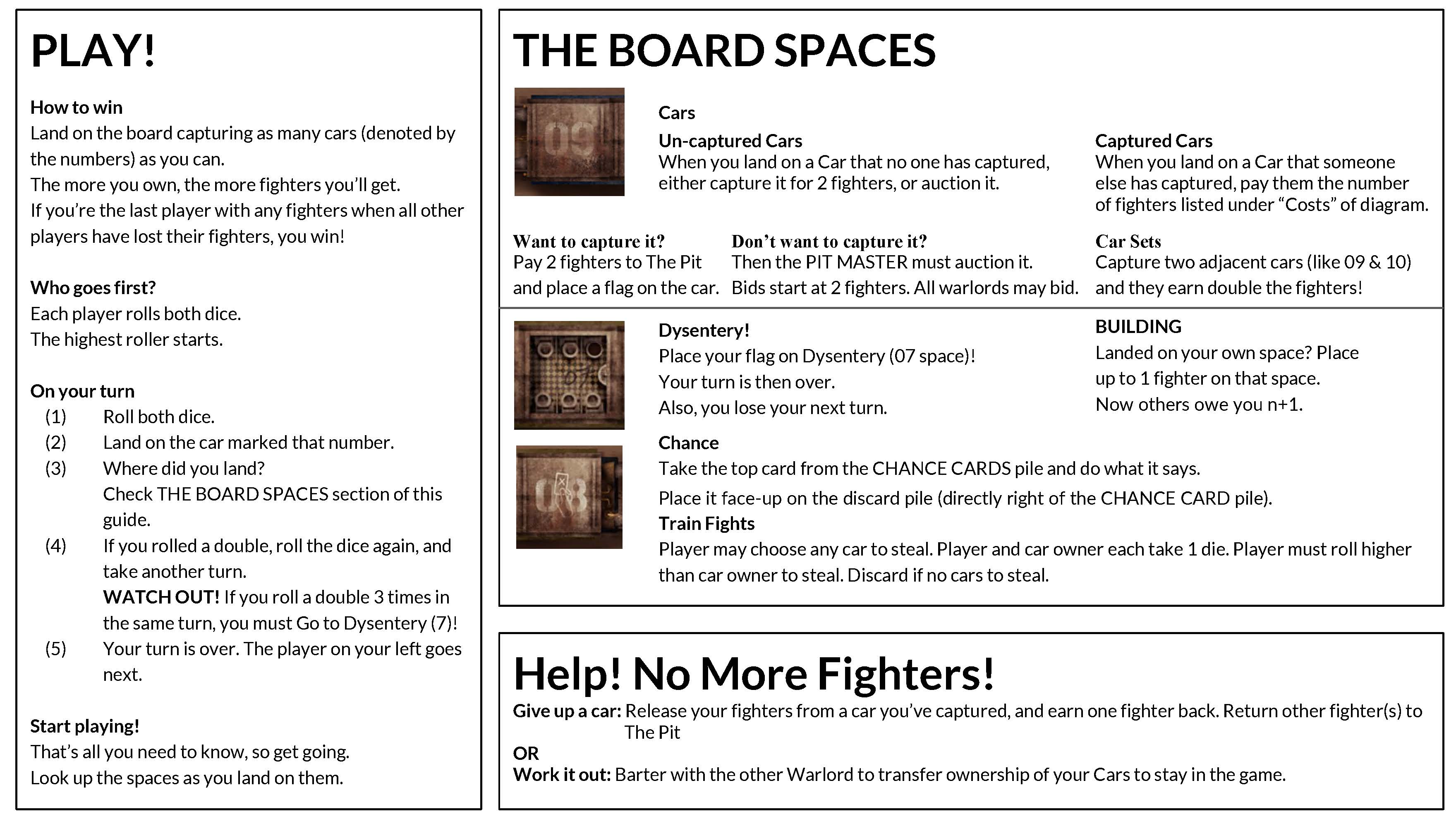Monopoli – Make it playable in 10 minutes.
Adela Kapuścińska, Jake Bittner, LingDong Huang, Xavier Apostol
Minimal Version
The game board of monopoly is a directed graph defined by a set of vertices V, and a set of ordered pairs of vertices A. For each v in V, there exists an a in A such that a = (v,w).
Let P be the set of players. Each player P(n) is defined by the tuple (X,M) where X is the vertex the player is at, and M is the algorithm denoting the strategy of the player.
Define any state of the game as S = {R(n) | n <= |P|} where R(n) = {r0,r1,r2…} is the set of resources of the nth player.
Define a transition function d(S,v,M,RNG) = (S’,w), such that there exists a path between v and w in A.
At each turn t, for n = {1,2,…|P|}:
For P(n) = (Xn,Mn), let (S’, w) be the output of d(S,Xn,Mn,RNG). Then S = S’, Xn = w.
Let z(n) = r0*c0+r1*c1+r2*c2… where r0,r1,r2.. are in R(n) and c(n) are constants. P(n) is the winner at t if z(n) = max({z(i) | i <= |P|})
The game of monopoly can therefore described by the tuple (P,S) on a game board (A,V, d).
Summary
Today’s Monopoly games advertise themselves as “The World’s Most Popular Board Game,” but how did it get there? Leftwing feminist, Lizzie Magie, patented it in 1903 as The Landlord’s Game: as an educational tool to “demonstrate how rents enrich property owners and impoverish tenants” (Wikipedia). Through this timeline we can see the progression since that time.
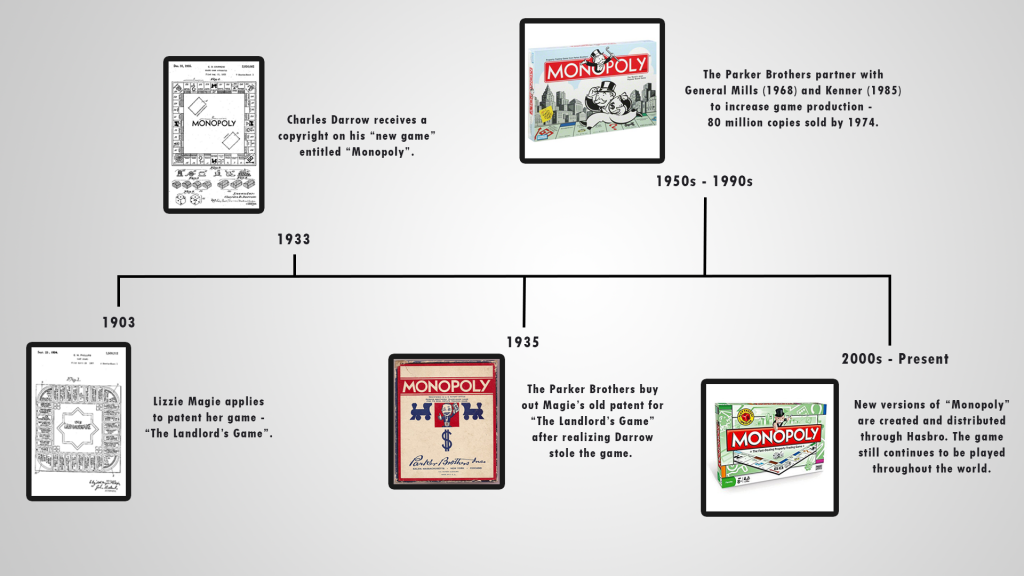
From our analysis, we’ve identified five core mechanics that describe Monopoly gameplay. Firstly, the acquisition of resources. In the creator’s approach to arm players with the empowerment that comes with being a landlord, or a monopolist, the act of finding and owning resources such as money and property is an indispensable mechanic of the game. Players must have that feeling of ownership, whether it be money, property, or both. This leads to our second mechanic: conflict of interests. What happens when someone else owns the last piece of your set? What if another player’s property surrounds the property that you own? One’s ownership is not so private that it doesn’t affect another player’s strategy, or the dynamic between the two players. Another key component of that dynamic brings us to the third core mechanic: transactions between players. The transfer of resources is what drives this game and must continue throughout any iteration. Finally, we included the turn-based and chance aspects into Monopoly’s core mechanics. Part of what makes Monopoly so distinctive is player engagement even when it isn’t your turn to roll the dice. The combination of strategy and chance in anticipating how likely it is for a player to steal your property or land on it, along with Schadenfreude, or the thrill of driving your teammates to bankruptcy, is all integral to how Monopoly continues to be so successful.
However, there are poor aspects to Monopoly that users have been griping over for decades. There is a snowballing effect to the game, where given enough chance, a player can ascend to become a dominant force well above any competitor. Though this can at times help to end the game, it’s temporarily torn apart relationships given the ruthless cycle of getting more money and investing more into property and eventually taking over the board. Most notably, users complain about the length of the game. Many of us have experienced a Monopoly game over two, three, even four hours. Trying to drastically cut this time, all the while keeping the core mechanics will prove to be a difficult yet enticing challenge.
Conceptual Statement
Iteration I. (as of 9/26/17)
During research, we played the original board game within a 10-minute period, but managed only to situate ourselves across the board, with potential for strife. For comparison, we played the expedited 15-minute card version, Monopoly Deal Card Game; finding this one to be decidedly less intuitive and frankly, rather condensed in terms of gameplay elements. Ideally, we would aim for a product that would fall in between. We would hope that our 10-minute game efficiently establishes multiple conflicts of interest early on, would involve quickly settled transactions, and prolong player life for as long as the ‘snowballing’ effect wouldn’t take place.

